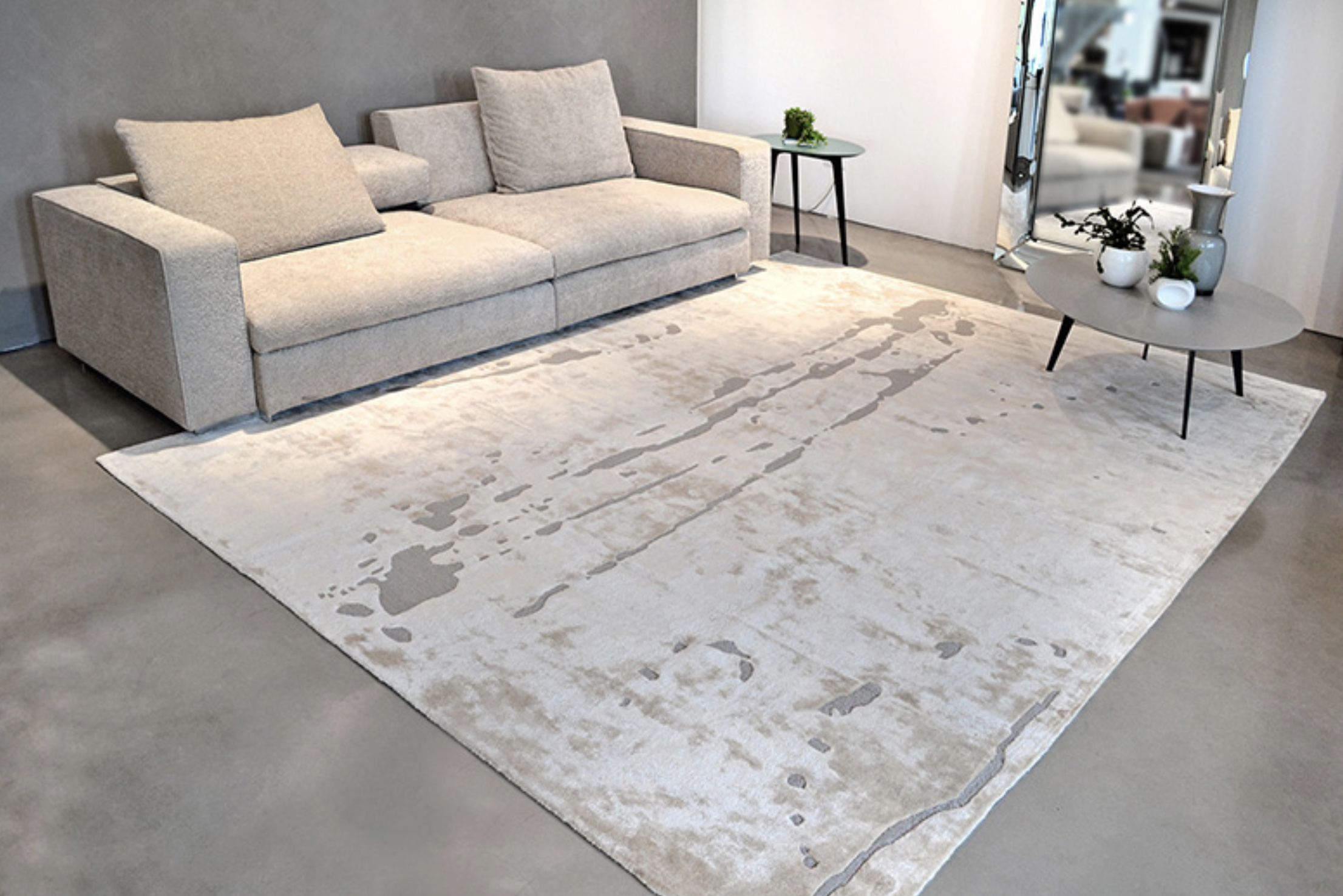Nothing comes even close to the soft, luxurious feeling of carpet underneath bare feet. The proper color and design of carpet can dictate the atmosphere of a room, rendering it anything from a cozy and safe place for kids to experiment with to a formal and complex place for conferences. However, the incorrect type of carpet can make an area feel unwelcoming, awkward, or even out-of-date. Here are a few tips through the Vertical Connection Carpet One for choosing the right carpet to compliment your space. Carpet Interior design Bangkok is on the rise and it’s shining a new light on the many uses of carpets. Read these surprising ways to use carpets in your interior design.
1) Focus on the Padding
Because you won’t see the carpet padding after it’s installed doesn’t imply that it isn’t an integral part of the carpet. Equally a building requires a solid foundation, a carpet needs the right padding for support, strength, and cushioning. Carpet padding is normally manufactured from rubber or foam materials. It functions by essentially evening out any imperfections in the subflooring, while also insulating the floor and acting as a noise barrier. Most of all, it prevents backing and fibers in your carpet from coming loose, preserving it for a long time to come. Deciding on the best padding now means that there will be less deterioration on your carpet later on.
2) Understand Different Fiber Types
There are four main types of fibers that are being used to manufacture carpets today, each with their own qualities and strengths. These fibers are: nylon, polyester, polypropylene, and PTT. Some carpets will be blends of these fibers, but the majority are manufactured from one among these fibers. Each has its degree of stain and dirt resistance, color and style options, and texture retention. Finding the right carpet for you will depend upon your unique needs.
Nylon is the most versatile of the fibers, with strong stain and dirt resistance, a sizable variety of color and style options, and excellent texture retention. Polyester carpets, although much less durable, are marvelously soft and come in an array of vibrant colors. Polypropylene carpet has a uniquely strong color constancy, since it is solution dyed. Which means that the color is built in to the fiber when it is made, since polypropylene is hydrophobic and can not absorb color with traditional dyeing methods. Since the color is an integral part of the fiber, this means that the color won’t fade, despite having contact with sunlight. Finally, PTT carpets are constructed of a specific type of polyester fiber. Although PTT does not have strong stain resistance, this carpet looks fantastic in low-traffic areas.
3) Consider the many Styles
There are lots of styles of carpet to choose from, including plush, Saxony, Berber, textured, and frieze. These terms make reference to the “pile”, or the top of carpet that is established from yarn tufts that are folded over into loops, cut straight across. or both. Instead of thinking about how the carpet looks, think about what will fit best into your life style. Such as, you may be deeply in love with the softness of plush carpet and want to place it atlanta divorce attorneys room of your home. However, plush carpet tends to show footprints and vacuum tracks. So, you might reserve the plush carpeting for everyday sections of the house, such as a basement or the living room. In high-traffic areas, high-pile carpeting that is easy to completely clean and doesn’t show footprints would be the best choice.
4) Consider Color and Pattern
Color and pattern is an enormous factor in choosing the best carpet. There may be so much you can certainly do for a room with the color and pattern of carpet. Generally, deciding on neutral colors is a safe choice. If you’d like something a bit more interesting, you can make a cut-loop or a random shear carpet. These carpets have different degrees of looping of the yarn throughout the carpet to make a textured look. That is ideal for keeping the carpet neutral but adding a designer touch. From here, you can add layers of patterns and colors in the room minus the carpet drawing away attention.
Carpet with patterns are excellent for adding a tailored turn to an individual room. Patterned carpet can be overwhelming if you run it throughout your room or business, but it can look impressive and upscale within a room, just like a VIP suite, a den or study, or a guest room.
Finally, carpet with color, texture, and pattern creates a robust impression. Choosing one of these styles of carpets means you will be designing your room from the floor up. These types of carpets are excellent for bringing a room together that will not have many patterns, colors, or outstanding features otherwise. Consider, for example, a home library. There may very well be a lot of wood in the area with the wooden furniture, bookcases, and wood floors and door. You could soften the room and add interest with a colorful, patterned carpet.
5) A Word on Stairs
Purchasing carpeting for stairs differs from choosing carpeting for the areas of the house or business. Carpeting on stairs gets a lot of wear, plus has to bend over each step. For stairs, it’s easier to decide on a cut pile rather than a looped pile. It is because a looped pile carpet will start within the areas where it curls on the stairs, showing the carpet backing in an effect called “grinning”. The loops also have a tendency to snag, especially at seams or transition areas.
Additionally you want to consider the density of your stair carpeting. A less dense carpeting may show its backing in the areas where it curls in the stairs.

